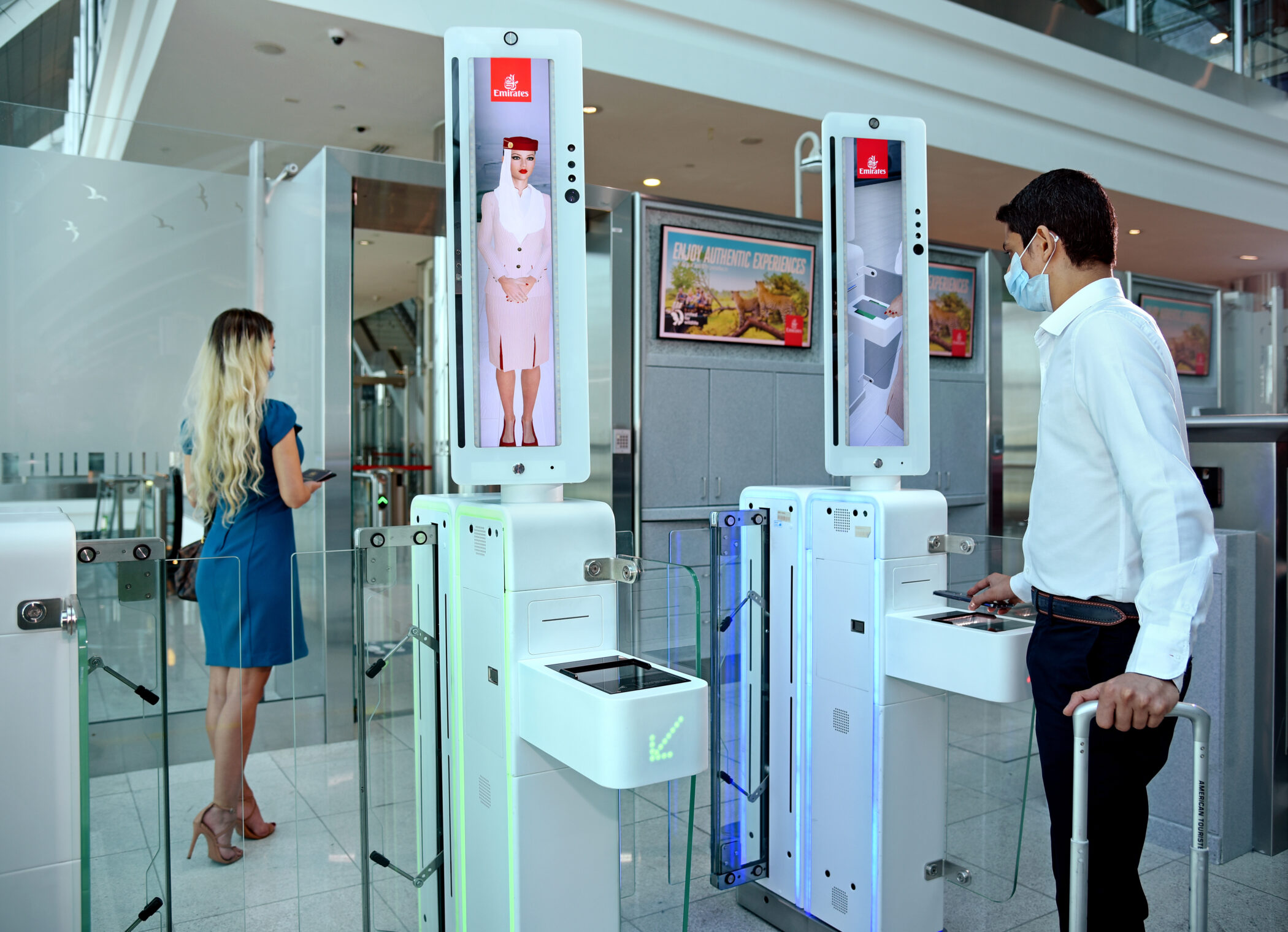Finland has become the first nation to pilot a digital version of a physical passport stored in an app on flyers’ smartphones. But it won’t be long until your face is all you need. Jenny Southan reports
Finally, the future is becoming reality. Since the end of August 2023, the Finnish Border Guard has been inviting passengers on Finnair flights to and from London, Manchester and Edinburgh to test a new digital travel document at Helsinki airport, which will mean they don’t have to queue at border control.
All passengers need to to is register as a voluntary Digital Travel Credentials (DTC) user and using it at border control when leaving and/or arriving in Finland, from now until the end of February 2024.
Travellers can register as a DTC user at the police service points in Tikkurila or at Helsinki Airport by following the instructions on the Finnish Border Guard’s website.
The ePassport is now being tested in real border control, reportedly for the first time in the world, and has been described as “equally reliable” to a physical passport. It also allows “smooth and fast border crossings without compromising security”.

According to The Telegraph, passengers “currently have to scan the new digital document at airports in the same way that most of us scan our boarding pass on our mobile but the idea is that they will soon be able to leave and return to Helsinki simply by using facial recognition”. (Emirates also allows for passengers to use facial recognition to pass through airport checks in Dubai.) The European Commission, in co-operation with the Member States, is developing the DTC as part of a broad digital identity policy package that includes a number of digital services. The DTC Pilot project, led by the Finnish Border Guard, involves Finnish and Croatian partners. The DTC will be tested at Zagreb International airport in autumn this year. The EU is co-funding the pilot project with €2.3 million.
The European Commission, in co-operation with the Member States, is developing the DTC as part of a broad digital identity policy package that includes a number of digital services. The DTC Pilot project, led by the Finnish Border Guard, involves Finnish and Croatian partners. The DTC will be tested at Zagreb International airport in autumn this year. The EU is co-funding the pilot project with €2.3 million.
The Telegraph reports: “Croatia and the Netherlands will soon introduce ePassports, under the new EU digital passports programme. The EU wants at least 80 per cent of its countries’ citizens to use digital ID for travel by 2030.
“India, which already offers digital identity and boarding services for travellers on domestic flights, plans to extend the offer to international flights. Singapore, the UAE, Qatar and Saudi Arabia, which boast the most modern airports in the world, also want to introduce the technology.”
This groundbreaking move seeks to transform traditional paper documentation into digital formats, potentially making international journeys more seamless and environmentally-friendly.
While several nations have flirted with the idea of digital passports and the potential they hold, Finland has leaped ahead by commencing real-world tests, and the initiative indicates a shift towards a more technologically advanced future for global travel.
For travellers, this could also mean a more tailored travel experience as digital data could, in theory, offer personalised travel suggestions or security checks. (Check out Delta Air Lines’ “Parallel Reality” flight information screens.)
 For authorities, digitisation can provide better security measures, efficient data access, and easier traveler identification, which could significantly improve overall border security.
For authorities, digitisation can provide better security measures, efficient data access, and easier traveler identification, which could significantly improve overall border security.
However, concerns around data privacy, cyber threats, and technological glitches remain. As the pilot progresses, these issues will likely come into sharper focus and need to be addressed to gain global acceptance.
The world will be watching closely as Finland undertakes this digital venture. If successful, it could usher in a new era of travel, where physical passports and cumbersome travel documents become a thing of the past.
